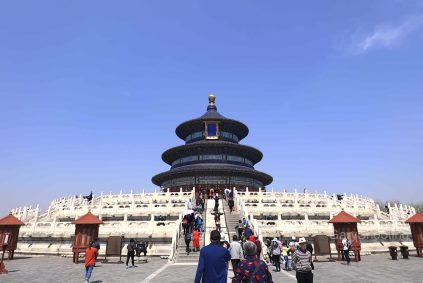Traditional Rice Porridge Categories: A Foundation of Flavor and Texture
Guangzhou’s rice porridge, known locally as “zhou,” is categorized by cooking methods that define its texture and culinary purpose. Ming Huo Zhou (Open-Fire Porridge) is cooked uncovered over high heat, with constant stirring to achieve a creamy consistency where water and rice blend seamlessly. This method, often used for plain white porridge, serves as a versatile base for adding savory toppings like pickled vegetables or fried dough.
Sheng Gun Zhou (Quick-Boiled Porridge) involves adding fresh ingredients—such as sliced fish, beef, or pig’s liver—to pre-cooked porridge and boiling them briefly. This technique preserves the tenderness of meats while infusing the broth with their essence. Par exemple, fish slice porridge retains the delicate texture of the fish, while pig’s liver porridge highlights the organ’s rich, iron-heavy flavor.
Lao Huo Zhou (Slow-Cooked Porridge) simmers rice and ingredients together for over three hours, creating a thick, gelatinous consistency. Dishes like chicken and duck porridge exemplify this method, where bones and meat are cooked until the collagen dissolves, resulting in a nourishing, umami-rich broth.
Iconic Guangzhou Porridge Varieties: Stories and Ingredients
Ding Zai Zhou (Boat People’s Porridge) traces its origins to the floating communities of the Pearl River Delta. This porridge features a medley of ingredients such as shredded fish, pork floss, peanuts, and crispy rice noodles, all cooked in a fish-based broth. The combination of textures—from the softness of the porridge to the crunch of fried garnishes—reflects the resourcefulness of river-dwelling cooks.
Ji Di Zhou (Scholar’s Success Porridge) carries historical significance, named after a Qing Dynasty scholar who allegedly ate porridge with pig’s organs before exams. Modern versions include pig’s stomach, liver, and intestines, symbolizing prosperity and academic achievement. The porridge’s dark hue, derived from soy sauce and spices, contrasts with the vibrant red of chili oil often drizzled on top.
Hu Tao Zhou (Walnut and Chicken Porridge) is a winter favorite, blending glutinous rice with chicken, walnuts, and goji berries. The slow-cooking process melds the nutty aroma of walnuts with the sweetness of the berries, creating a porridge believed to boost immunity during cold seasons.
Regional Adaptations: Fusion and Innovation
Guangzhou’s porridge culture embraces influences from neighboring regions while maintaining its identity. Chao Shan Sha Guo Zhou (Chaoshan-Style Clay Pot Porridge), originating from eastern Guangdong, uses a clay pot to retain heat and enhance the porridge’s fragrance. Variations include seafood porridge with prawns and crab, or vegetarian options with mushrooms and bamboo shoots. The clay pot’s ability to distribute heat evenly ensures each grain of rice remains distinct yet tender.
Wu Mi Zhou (Rice Water Porridge), inspired by Shunde’s culinary traditions, replaces water with a rice-based broth, creating a silky texture. This porridge is often served as a hot pot base, where diners add ingredients like fresh seafood, tofu, and leafy greens. The broth absorbs flavors from the additions, becoming richer with each round of cooking.
Jiu Cai Zhou (Chive and Pork Porridge) reflects seasonal adaptations, using spring chives for their mild, onion-like flavor. The porridge is cooked with minced pork and ginger, then garnished with fried shallots and sesame oil. Its lightness makes it a popular breakfast choice, especially during humid months when heavy meals are less appealing.
Cultural Significance: Porridge as a Social and Culinary Symbol
In Guangzhou, porridge is more than sustenance—it’s a marker of social rituals. Families gather for yum cha (tea-drinking sessions) where porridge is served alongside dim sum, fostering connection over shared bowls. The act of stirring porridge clockwise is believed to bring good luck, a tradition passed down through generations.
The city’s porridge stalls, often open 24 hours, cater to diverse crowds, from late-night workers seeking comfort to tourists exploring street food. These stalls adapt recipes to local tastes; for instance, coastal areas might emphasize seafood, while inland regions focus on pork and poultry.
Health-conscious adaptations have also emerged. Porridge with black rice and purple sweet potatoes appeals to those seeking antioxidant-rich meals, while low-sugar versions cater to diabetics. Despite these innovations, traditional recipes remain cherished, embodying Guangzhou’s ability to honor its culinary heritage while embracing change.
















